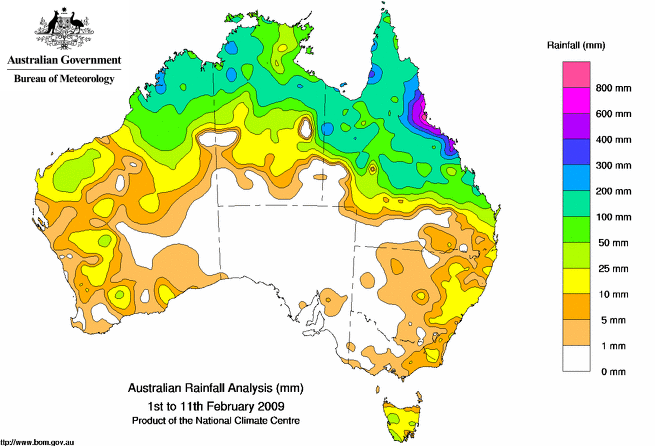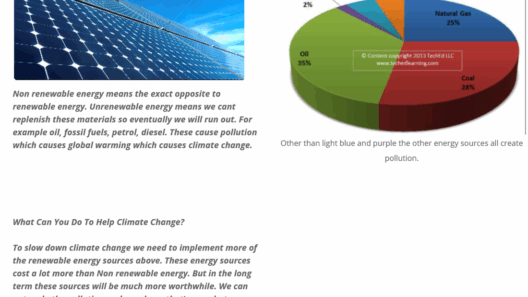When you think of Australia, what comes to mind? Perhaps it’s the stunning landscapes, the vibrant wildlife, or the remarkable cultural diversity. But have you ever paused to consider the intricacies of its climate? That’s an enlightening endeavor, as Australia is home to a multitude of climates due to its vast size and geographical diversity. So, what climate does Australia have? This expansive continent not only offers picturesque backdrops but also presents climate challenges that affect its inhabitants and ecosystems. Join me on this exploration of the climatic wonders of Australia.
Before diving into the various climatic zones, let’s pose a playful question: Is there a perfect season to visit Australia, or does each season bring its own unique charm? The answer is not straightforward—Australia’s climate is as diverse as its geography, and understanding the varied climatic zones is essential in appreciating this magnificent land.
The climatic conditions across Australia can be categorized into seven distinct regions, each contributing to the environmental tapestry that shapes the lifestyle of its citizens. These regions range from tropical rainforest to arid desert, and you might be surprised at just how varied the climates can be within relatively short distances.
So, buckle up as we traverse through Australia’s climatic zones!
Subtropical Zone: Where Warmth Meets Humidity
The subtropical zone predominantly occupies the eastern seaboard of Australia, stretching from northern Queensland down to parts of New South Wales. This climate is characterized by humid summers, mild winters, and ample rainfall throughout the year. However, dramatic weather changes can occur between seasons. What’s fascinating here is that the dichotomy in temperatures during summer, which can soar above 30°C (86°F), contrasted with winter lows that rarely dip below 10°C (50°F), invites many visitors to experience both sun-soaked beaches and cool, pleasant evenings.
In this zone, tropical storms are not unusual, particularly during the summer months. The eastern coast benefits immensely from these rainfalls, fostering a lush and verdant landscape dotted with rainforests, ideal for diverse flora and fauna.
Desert Zone: A Quiz of Resilience
Transitioning from the lush subtropics, one enters the arid desert zone, which dominates a significant portion of Australia’s interior. Picture a landscape defined by sand dunes, rocky outcrops, and sparse vegetation. The climate here is characterized by extreme temperature fluctuations; days can reach scorching heights of 50°C (122°F), while temperatures can plummet at night.
The challenge in this environment is not just survival but adaptation. Indigenous cultures have thrived for millennia, demonstrating remarkable resilience and intricate knowledge of the land. How do these ecosystems endure the unpredictability of such temperatures? The answer lies in their unique adaptations, including drought-resistant plant species and animals that have evolved behaviors to conserve water, making them a marvel to study.
Tropical Zone: The Lush Northern Realm
Venture northwards, and you’ll encounter the tropical zone, known for its hot, humid conditions with a distinct wet and dry season. This is Australia’s equivalent of a paradise where tropical rainforests flourish, showcasing some of the planet’s most exquisite biodiversity. But this idyllic image often comes with its challenges. The region is prone to cyclones during the wet season, producing intense storms that can wreak havoc on both natural habitats and human settlements alike.
With summer temperatures regularly exceeding 30°C (86°F), the region’s lushness is an oasis amidst the surrounding arid deserts. The wet season brings heavy downpours, transforming semi-dry landscapes into vibrant ecosystems teeming with life. Yet, the increasing frequency and intensity of these weather events raise concerns about climate change impacts and sustainability in agriculture and habitat preservation.
Temperate Zone: The Balance of All Seasons
The temperate zone effectively bridges the gap between the extremes, encompassing parts of southeastern Australia, including Victoria and Tasmania. A plethora of climatic conditions exists in this area, characterized by distinct seasons—warm to hot summers, cool winters, and a generous amount of rainfall distributed across the year.
One of the hallmark features here is the Mediterranean climate, where warm dry summers can lead to delightful vineyard landscapes, ideal for premium wine production. However, the balance of all seasons invites a question of sustainability—how do communities adapt to the seasonal changes without depleting their resources? The temperate zone serves as a microcosm of broader environmental concerns impacting agriculture, biodiversity, and urban planning.
Pondering the Effect of Climate Change
As we discover the various climates that Australia boasts, we must also grapple with the ongoing ramifications of climate change. The shifting patterns in weather, increased frequency of extreme weather events, and droughts today prompt a fundamental question: Are we prepared to face the environmental challenges that lie ahead?
Framing an approach toward environmental stewardship is crucial, with local communities increasingly advocating for sustainable practices. The flora and fauna are not just icons of Australian biodiversity; they are integral to the health of the ecosystems we all rely on.
In summary, Australia’s multiplicity of climates is a captivating convergence of natural environments, each bringing its own set of challenges and joys. Whether you are drawn to the coast, the deserts, or the temperate regions, understanding the nuances of Australia’s climatic diversity offers insights into not only travel planning but also the intricate balance of nature itself. As one contemplates all that Australia has to offer, they are reminded of the fragility and dependence of life on climate.
In a land defined by juxtaposition, is the Australian climate merely variable, or is it a clarion call for environmental awareness and action? The answer may be found in how Australia and its inhabitants adapt and respond to the ever-changing climate landscape.







